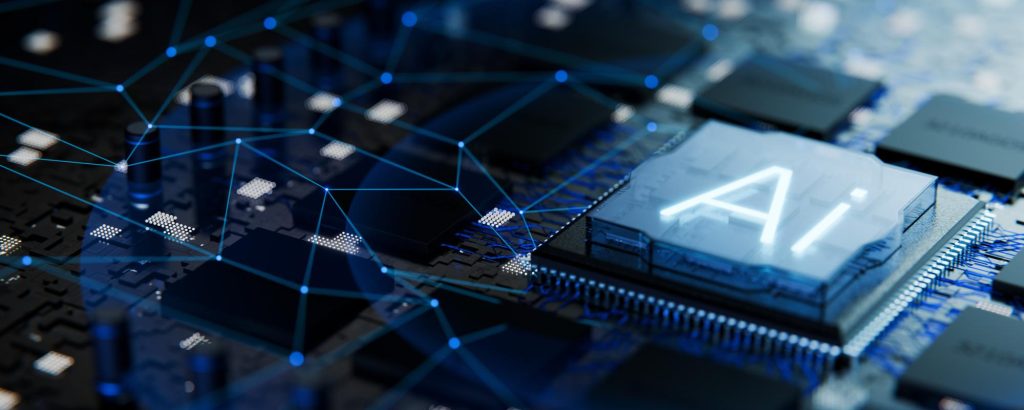DeepSeek: A Game-Changer in AI Innovation
Artificial Intelligence continues to push boundaries, and the latest breakthrough comes from DeepSeek, a Chinese AI company making waves in 2025. DeepSeek’s new open-source AI model, DeepSeek-R1, is disrupting the AI landscape by outperforming leading models like OpenAI’s GPT while operating at a fraction of the cost.
In this blog, we’ll explore what makes DeepSeek’s innovation significant, its implications for the AI industry, potential concerns, and why this new entrant provides healthy competition in a rapidly evolving field.
Key Takeaways
- DeepSeek’s open-source AI model, DeepSeek-R1, rivals top-tier AI models with far lower costs.
- The model’s efficiency could redefine pricing and accessibility in the AI sector.
- While offering benefits, concerns over privacy and censorship must be addressed.
- Increased competition from DeepSeek encourages innovation among established players like OpenAI and others.

What Is DeepSeek?
Founded in 2023 in Hangzhou, DeepSeek has quickly established itself as a leader in AI innovation. The company’s flagship model, DeepSeek-R1, is designed to deliver high performance at a fraction of the cost of traditional AI solutions. By leveraging novel training methodologies and an open-source approach, DeepSeek is making advanced AI more accessible to businesses globally.
Key Features of DeepSeek-R1
- Cost Efficiency: Operates at 20 to 50 times lower costs compared to leading AI models.
- Open-Source Nature: Promotes transparency and collaboration within the AI community.
- High Performance: Matches or exceeds the capabilities of top-tier models like GPT.
Implications for the AI Industry
DeepSeek’s emergence challenges the status quo in the AI industry. Traditionally, high-performing AI models have been expensive, limiting their accessibility. DeepSeek’s model changes this dynamic by providing:
- Affordability: Its cost-effectiveness enables broader adoption across industries.
- Transparency: The open-source approach fosters innovation and collaboration.
- Increased Competition: Forces established players to rethink their pricing and business models.
These shifts could lead to faster advancements in AI technology and a more level playing field for businesses of all sizes.
Addressing Concerns About DeepSeek
While DeepSeek’s advancements are impressive, they are not without controversy. Key concerns include:
1. Privacy Risks
As a Chinese company, DeepSeek is subject to government regulations that may raise questions about data privacy. International businesses must carefully evaluate how data is managed and stored to ensure compliance with global privacy standards.
2. Potential Censorship
There are concerns that DeepSeek’s AI models may be designed to align with government policies, potentially censoring information or limiting certain outputs. This has implications for organisations requiring unbiased and unrestricted AI capabilities.
Addressing these challenges will be critical for DeepSeek’s broader adoption outside of China.
Why Competition is Good for the AI Industry
DeepSeek’s entry into the AI space provides healthy competition to established players like OpenAI and Google. This competition is beneficial in several ways:
- Encouraging Innovation: Established companies are motivated to enhance their offerings, leading to more advanced AI capabilities for end users.
- Lowering Costs: Competitive pricing makes AI solutions more accessible to a broader range of businesses.
- Driving Transparency: DeepSeek’s open-source approach challenges proprietary models to adopt greater transparency.
For example, OpenAI’s next release of ChatGPT, expected later this year, promises to be more powerful and versatile.
Why DeepSeek Matters for the Future of AI
DeepSeek’s advancements signify a pivotal moment for artificial intelligence. By reducing costs and increasing accessibility, the company is breaking down barriers for organisations that previously found AI adoption prohibitive. This democratization of AI has far-reaching implications, including:
- Empowering Startups and SMEs: Smaller businesses can now leverage advanced AI without incurring significant expenses.
- Driving Global Collaboration: The open-source model encourages shared innovation and development across borders.
- Accelerating Technological Progress: With more organisations able to adopt AI, the pace of industry-wide advancements will likely accelerate.
FAQs
1. What makes DeepSeek-R1 different from other AI models?
DeepSeek-R1 is an open-source model that delivers performance on par with leading AI models like GPT, but at a fraction of the cost. Its transparency and cost-efficiency set it apart.
2. Who can benefit most from DeepSeek’s AI model?
Organisations of all sizes can benefit, but DeepSeek’s affordability makes it particularly attractive to startups, SMEs, and research institutions with limited budgets.
3. How does the open-source approach impact the AI community?
The open-source nature of DeepSeek fosters collaboration, allowing developers and researchers to build upon its capabilities and drive further innovation.
4. What are the main concerns about DeepSeek?
The primary concerns include potential privacy risks and censorship due to the regulatory environment in China. Businesses must carefully assess these factors when considering adoption.
5. How does DeepSeek’s emergence affect existing players like OpenAI?
DeepSeek’s competitive pricing and performance push established players to innovate faster and offer more value to users. OpenAI, for example, is preparing to release a new version of ChatGPT with enhanced capabilities.
DeepSeek’s breakthrough represents a pivotal moment in AI development, and the possibilities it offers for businesses are immense. By carefully navigating its opportunities and challenges, organisations can unlock new growth potential while contributing to the evolving AI ecosystem in 2025 and beyond.